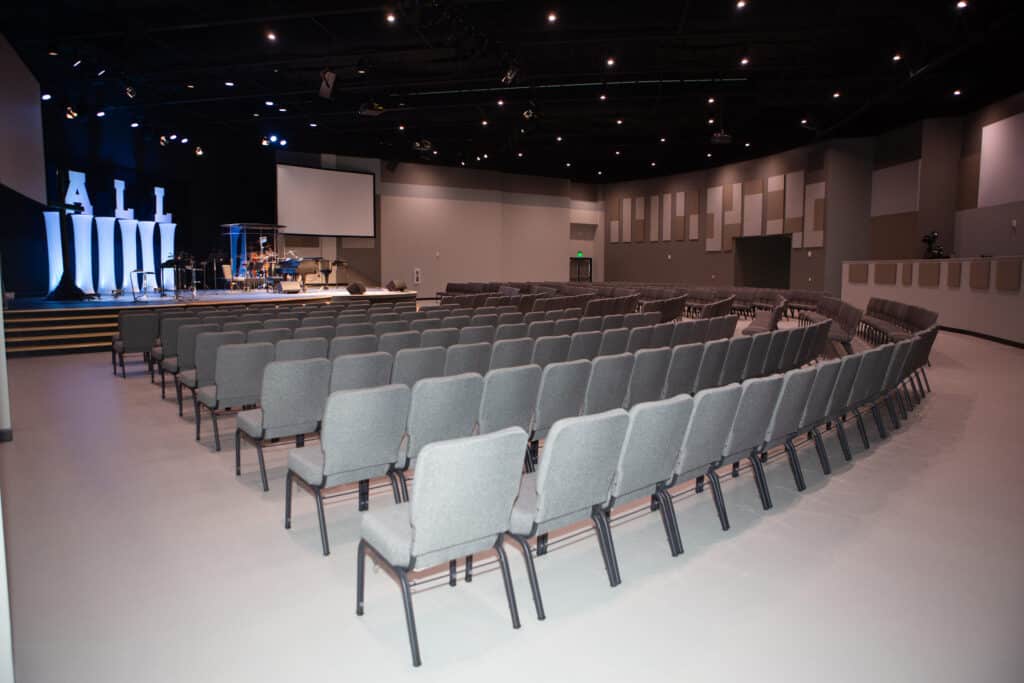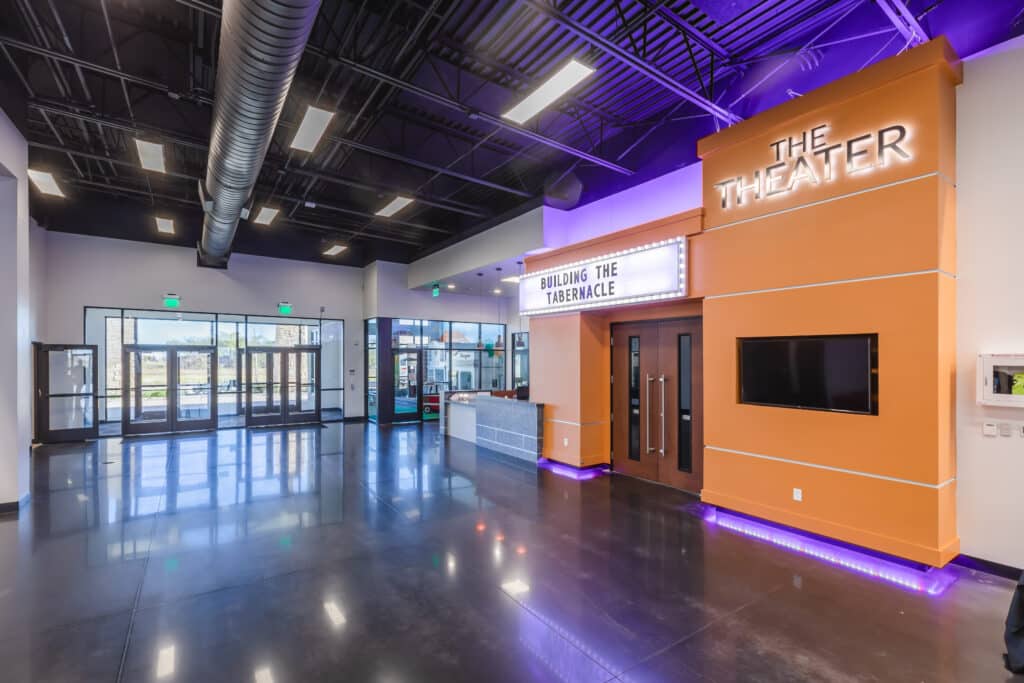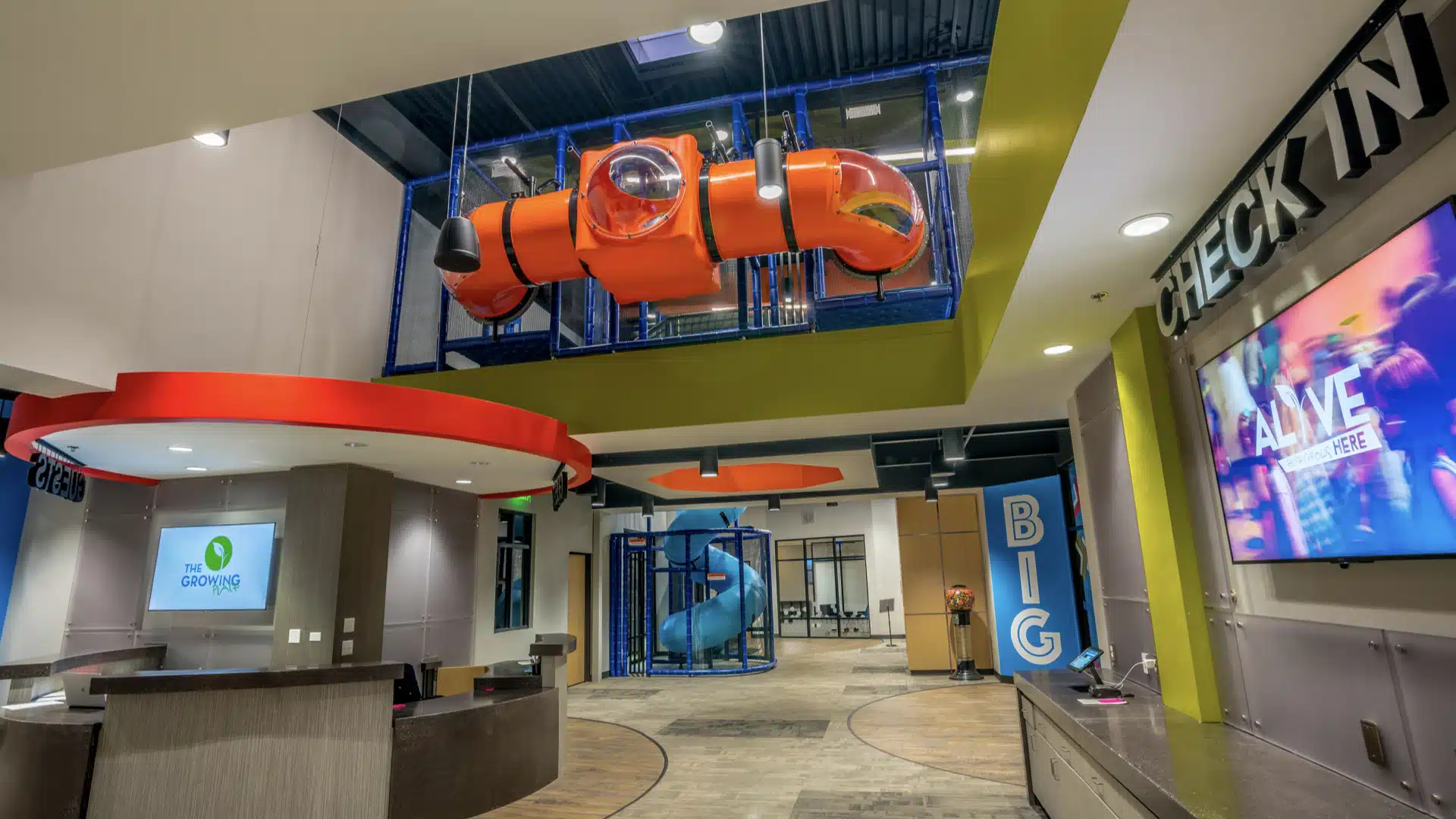Embracing Flexibility and Adaptability: Unlocking the Potential of Church Design
The design of sacred spaces plays a significant role in creating an environment that fosters connection, contemplation, and growth. Church facilities have been an integral part of human history, serving as places of worship, community gathering, and spiritual enlightenment. In recent times, the importance of flexibility and adaptability in church design has become increasingly evident.
Congregations are evolving, worship practices are evolving, and our understanding of community dynamics is evolving. As such, churches must embrace these changes and create spaces that can adapt to the evolving needs of their congregations and their broader community. In this blog post, we will explore the significance of flexibility and adaptability in church design and how it can help unlock the full potential of these vital ministry tools.

A Changing Congregation: One of the most crucial reasons why flexibility and adaptability are essential in church design is the ever-changing nature of congregations. The demographics, preferences, and needs of churchgoers vary from generation to generation. By designing spaces that can accommodate diverse worship styles, cultural expressions, and community activities, churches can ensure that they remain relevant and inclusive to all members. Flexibility allows for the seamless transition between traditional and contemporary services, ensuring that no segment of the congregation feels excluded.
Multifunctional Spaces: Churches are no longer solely places of worship. They have evolved into vibrant community centers that host a variety of events, including social gatherings, educational programs, and outreach activities. Designing multifunctional spaces allows churches to maximize the utilization of their facilities and better serve the needs of their communities. Portable partitions, flexible seating arrangements, and modular furniture enable quick reconfiguration of the space to accommodate different events and group sizes. This flexibility and adaptability foster a sense of belonging and provide a welcoming environment for various community activities beyond regular worship services.

Technology Integration: The digital age has revolutionized the way we connect and communicate, even within the walls of a church. Incorporating technology into the design allows churches to adapt to the evolving needs of their congregations. Audio-visual systems, streaming capabilities, and interactive displays provide opportunities for enhanced worship experiences, accessibility for remote participants, and educational resources. Flexible infrastructure designed to accommodate emerging technologies ensures that churches can adapt and embrace the digital tools that facilitate engagement and growth in the modern era.
Environmental Stewardship: Flexibility and adaptability in church design go hand in hand with environmental stewardship. Sustainable design practices such as efficient lighting, renewable energy sources, and flexible HVAC systems not only reduce the ecological footprint but also contribute to long-term cost savings. Additionally, adaptable spaces allow for better utilization of resources, reducing the need for expansion or construction of new buildings. By embracing sustainable and adaptable design principles, churches can demonstrate their commitment to responsible stewardship of the environment.
Future-Proofing: Designing for flexibility and adaptability ensures that churches are prepared for the unknown challenges and opportunities that lie ahead. As societal norms, worship practices, and community dynamics continue to evolve, churches need to be able to adapt quickly to remain relevant. By embracing flexible design principles, churches can future-proof their spaces, saving time and money on renovations or rebuilding in response to changing needs. This forward-thinking approach enables congregations to focus on their mission and ministry, confident in their ability to adapt to the ever-changing world around them.

At BGW, we are committed to creating flexible church designs that will support the changing needs of your membership and your community both now and into the future. By creating spaces that can accommodate diverse worship styles, multifunctional activities, technological advancements, and sustainable practices, churches can remain vibrant and relevant and unlock their full potential as spiritual sanctuaries and community centers.





Leave a Reply